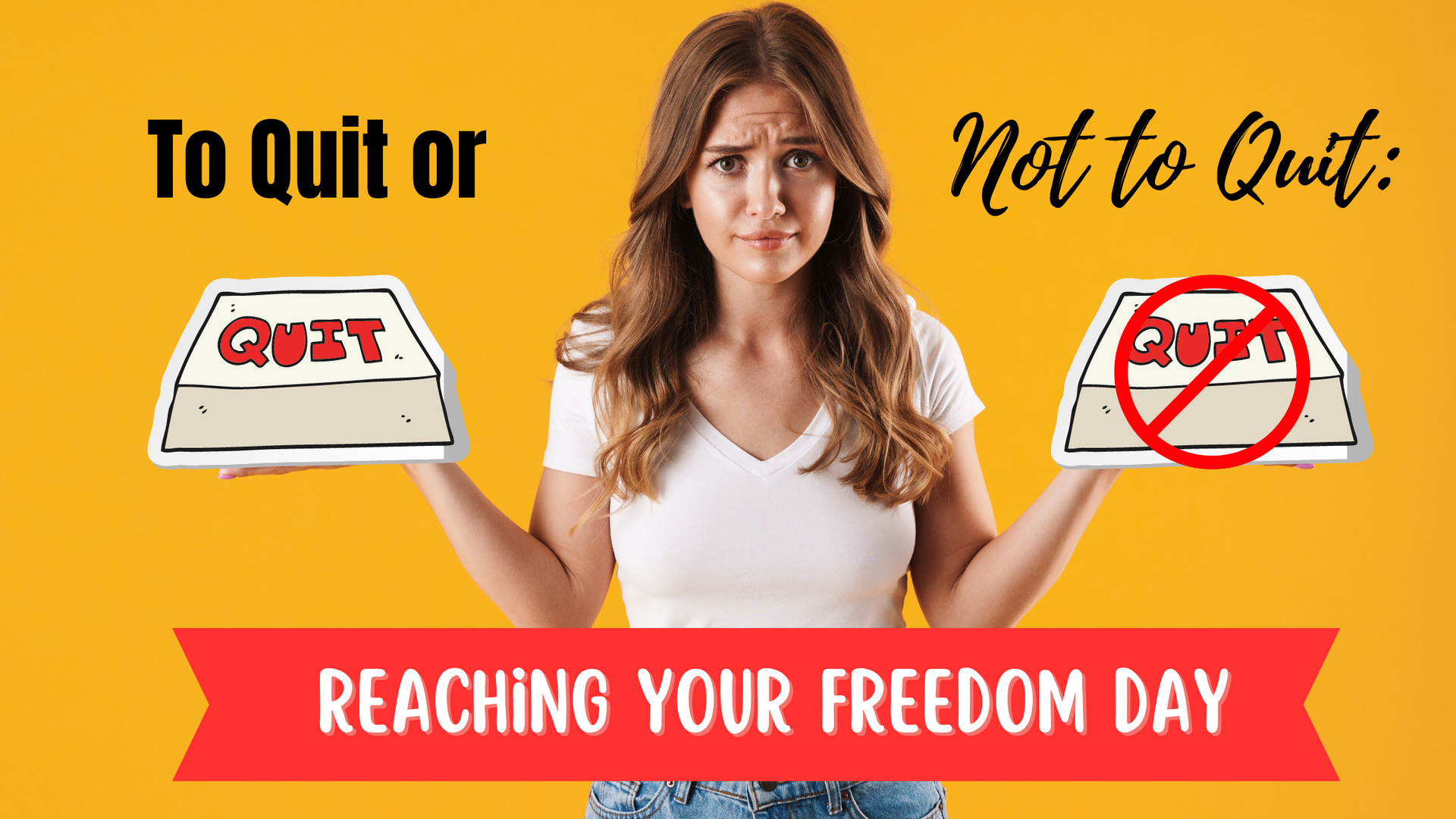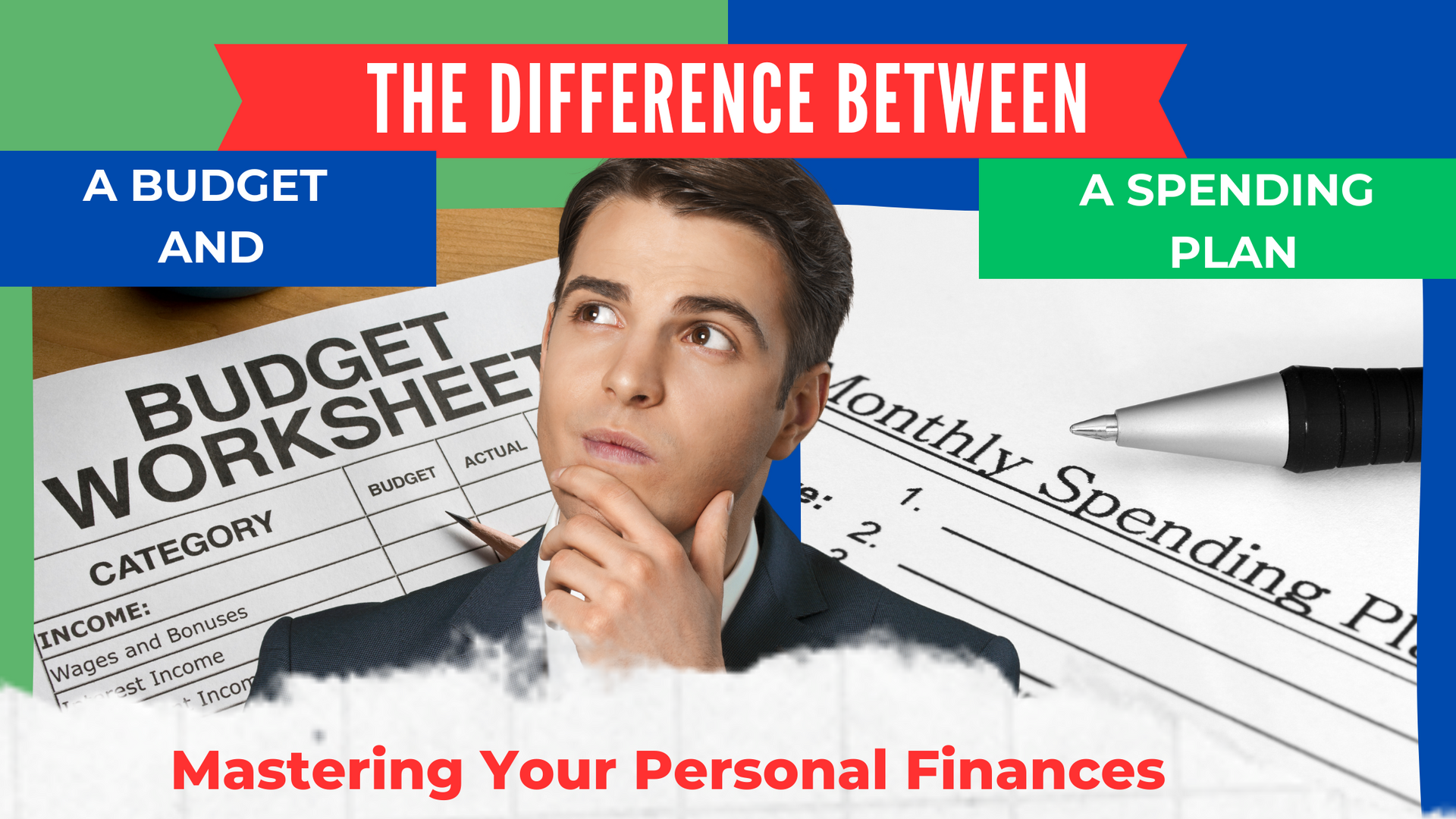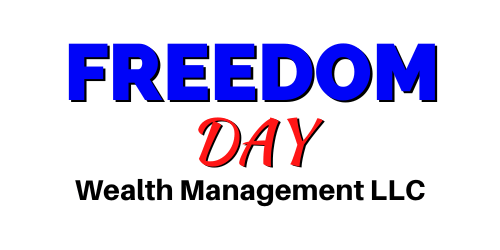The Freedom Day Method - Your Ticket to a Work Optional Lifestyle

For many years during my working career, I thought I had freedom. I made great money, I was able to work in a field that I loved, and I knew I was helping people every day until October 2, 2003. Working in the Financial field, I saw many companies laying off, but our firm had yet to. However, in October 2003, after three years of financial market declines, we knew it was coming soon to our company.
The rumor mill was running strong with everything happening in the markets. Working with some of our company's largest and most influential clients, I was confident that I would be ok along with all of my friends in the same role. Our bosses even said that.
The morning of October 2, 2003, was like any other day coming into the office in Dallas. The difference was that the department director wanted to meet with our small team immediately. Thinking like all my friends were at that time, I knew this was just a meeting to reassure us that we would be ok. Nope.
Our director told us in this meeting that our positions were eliminated. The clients we worked with would be transitioned to other advisors in the country where the clients were located. We decided to be laid off and get one week of severance for every year of service (I had seven years at this point) or take a demotion and support the people in the field working with our old clients.
At this point, I didn't have a choice; I took the demotion and settled into what would be a low-paid hell until I could figure something out. A few weeks later, the company reversed its decision in our case, but the damage was done.
In this article, I talk a lot about freedom and its definition. At that time, my definition of freedom was four weeks of vacation, a well-paying job, and a Saturday and Sunday after every Friday.
The problem with my definition was that there was a Monday after every Sunday and a Monday after every vacation. After being laid off and brought back, I feared losing my job again. This led to bouts of anxiety and insomnia that persisted for over ten years.
While I feared this at one company, it followed me to the next couple of firms I was with. It manifested itself as a tightness in my stomach starting on Sunday afternoon, insomnia overnight, and fear as I pressed my badge against the badge reader as I entered the building on Monday morning (not that they wouldn't let you into the building to fire you).
This irrational fear followed me until March 1, 2016, when I quit my job and went to work for myself as an entrepreneur. That night I had the best sleep I had had in years. I knew I could no longer be laid off or fired; I was the boss. I would have to fire myself. I had experienced freedom, or so I thought.
The problem with my plan is that I needed one. I knew I wanted to work for myself. I built a business plan for the business and secured financing. What I should have done was build in contingencies, underestimated our early success (or lack of it), and thought I knew more about running a business than I did. Those things cost me a significant amount of my retirement savings, almost caused us to lose our house, and almost lost our business.
Over the last ten years, I have made all the mistakes that I hope you don't. I have cost my family hundreds of thousands of dollars, which I hope you don't do. Over that time, my ideas about the Financial Planning world and Retirement Planning, in general, have changed radically, leading to the creation of Freedom Day (™) and the Freedom Day Method(™)
With the Freedom Day Method, you can make the work-optional lifestyle a reality. This step-by-step plan combines smart budgeting, debt elimination, income generation, and passive investing strategies to help you achieve true financial independence. The techniques discussed in this article are what I eventually used to reach my own Freedom Day. Let's dive into the core principles of the Freedom Day Method and show you how to make it work for you.
1. Build a Realistic Budget and Identify Your Minimum Required Income
The first step towards financial freedom is understanding your finances. To do this, create a realistic budget that outlines your monthly expenses, savings, and income. Begin by listing all your essential and non-essential expenses and categorize them. Then, calculate your minimum required payment (MRP) – the least monthly money you need to maintain your current lifestyle. Your MRP will serve as a benchmark for your progress toward financial independence.
2. Calculate Your Debt and Build a Debt Snowball to Eliminate It
Debt is a significant obstacle to financial freedom, so the next step is to eliminate it. List all outstanding debts, including credit cards, student loans, car loans, and mortgages. Arrange them in order of the smallest balance to the most significant balance. This is your "debt snowball."
Start by focusing on the smallest debt first. Make minimum payments on all other debts and allocate extra funds towards the smallest debt until it's paid off. Then, move on to the next smallest debt, and repeat the process. You'll build momentum and motivation by tackling one debt at a time, accelerating your journey towards a debt-free life.
3. Recalculate Tax Withholding and Apply it to Debt Snowball
Many people receive a tax refund yearly, indicating they've overpaid their taxes. While it might feel nice to receive a lump sum, that money could be better used throughout the year to eliminate debt faster.
To optimize your tax withholding:
- Consult a tax professional or use an online calculator to determine the appropriate number of allowances to claim.
- Adjust your W-4 form with your employer accordingly.
- Add the extra money from your paycheck to your debt snowball to speed up your debt repayment process.
- Create a Bucket List and Prioritize 3-4 Things You Must Do in the Next 6 Months
The Freedom Day Method is about more than just achieving financial independence; it's about living a fulfilling life. Start by creating a bucket list of experiences, goals, and dreams you want to achieve. Once you've compiled your list, choose 3-4 items you'd like to accomplish within the next six months. Prioritizing these goals will motivate you toward financial freedom and help you maintain a work-life balance.
4. Create a New Income Stream (or Freedom Engine)
To pay down debt and fund your bucket list, you must create a new income stream, a Freedom Engine. This can be an active income vehicle, like a side hustle or freelance work, that you can use to accelerate your debt snowball and finance your immediate goals.
Some examples of Freedom Engines include consulting, freelance writing, tutoring, or starting an e-commerce store. Choose an income stream that aligns with your skills, interests, and available time. Creating a new income source will speed up your debt repayment and build valuable skills and experience for your future.
5. Begin to Invest in Assets That Generate Passive Income
Once you've eliminated your debt and started generating additional income, investing in assets that produce passive income is time.
Passive income is money earned with little to no effort, allowing you to focus on living on your terms while maintaining financial stability. Some assets that generate passive income include dividend-paying stocks, rental properties, index funds, and peer-to-peer lending platforms.
To start, research various passive income investments and choose the ones that align with your risk tolerance, financial goals, and interests. Diversify your investment portfolio to minimize risk and maximize returns. As you consistently invest in passive income assets, you'll gradually build a steady stream of income that will bring you closer to financial independence.
6. Freedom Day: Your Ticket to a Work-Optional Lifestyle
Freedom Day is the ultimate goal of the Freedom Day Method. It's the day when at least 125% of your minimum required income comes from passive income, allowing you to comfortably maintain your lifestyle without relying on a traditional job. Reaching Freedom Day means you've achieved financial independence and can choose to work only if you want to rather than out of necessity.
Calculate the passive income you need to achieve 125% of your MRI to determine your Freedom Day. Next, divide this number by your current passive income to estimate how long it will take to reach your target. This will give you a clearer picture of the journey ahead and allow you to plan accordingly.
Conclusion:
The moral of the story. This path, while not as simple as the plan above, let me to my own personal Freedom Day on July 1, 2022 when I was able to sell my interest in two businesses and have a work optional lifestyle. That single moment has led me to my life's mission to help others find their Freedom Day's, hopefully a lot less painfully than I did.
The Freedom Day Method is a comprehensive plan that empowers you to achieve financial independence and live a work-optional lifestyle. By following these steps – building a realistic budget, eliminating debt, optimizing tax withholding, prioritizing bucket list goals, creating a new income stream, investing in passive income assets, and working towards Freedom Day – you'll set yourself on a path to a fulfilling and financially secure life. It won't happen overnight, but with dedication and persistence, you can transform your financial future and live on your terms.
Jeff Kikel is the President of Freedom Day Wealth Management and the Creator of the Freedom Day Method(tm). Jeff is the author of 6 books on Finance, Personal Finance, Entrepreneurship, and Identity Theft. His 7th book is the upcoming Freedom Day: Quit the Job You Hate, Live the Life You Love is due out in the spring of 2023.












